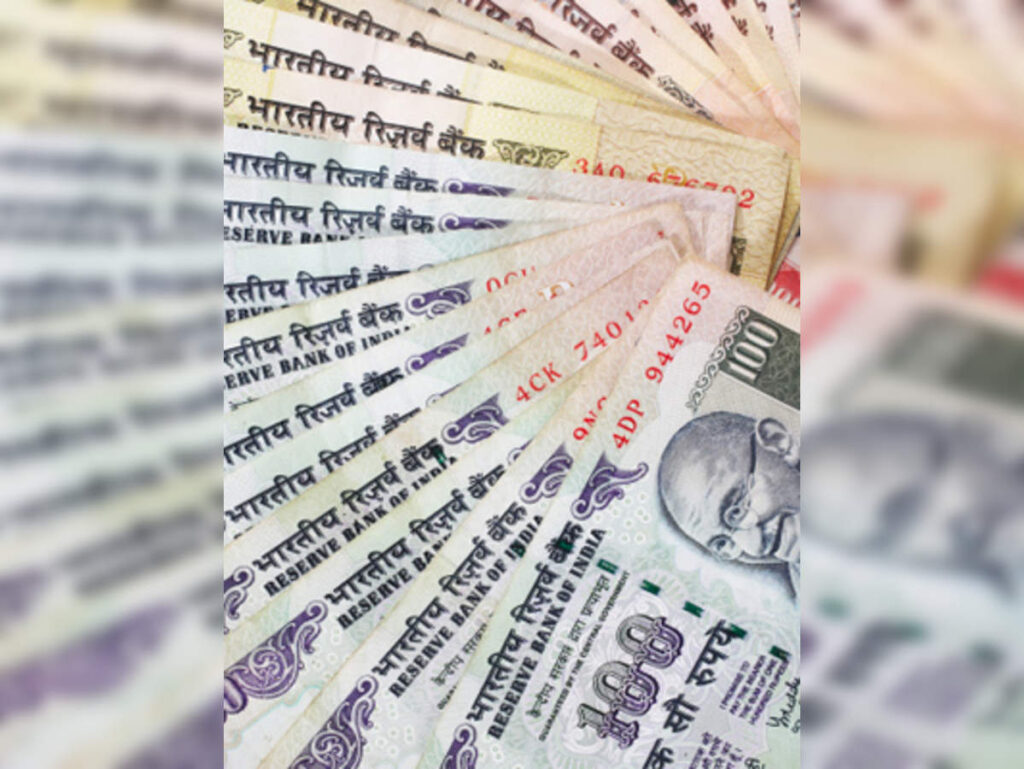MUMBAI: The Centre is likely to announce a borrowing plan of Rs 14-15 lakh crore through dated securities in the Budget for FY26, according to economists and treasury heads. Meanwhile, industry experts expect the fiscal deficit target for FY26 to be slightly lower than the initial 4.5% of the gross domestic product (GDP).
“For FY26, we expect the government’s gross borrowings to be around Rs 14.5-14.8 lakh crore and net borrowings will be around Rs 11.2 lakh crore. For FY25, the fiscal deficit target will be around 4.7% of GDP and for FY26, it will be around 4.4% of GDP,” said Sakshi Gupta, principal economist, HDFC Bank.
A slight reduction in market borrowings is possible if the Central government opts for a switch with the Reserve Bank of India. Further, with the redemption of certain GST bonds in FY26, the government may have room to bring market borrowings below Rs 14 lakh crore.
“The assumption is fiscal deficit will be lower than last year and the government has scope to reduce the gross borrowing because they could do the switch with the RBI. In our opinion, the RBI is holding bonds close to Rs 1 lakh crore. Switch with the RBI and premature redemption of GST bonds, the gross borrowings should lower by Rs 1.7 trillion,” said Abhishek Upadhyay, senior economist, ICICI Securities Primary Dealership.
The expected amount by the government to borrow from the market is in line with the current financial year’s borrowing plan.
In July 2024, Finance Minister Nirmala Sitharaman announced the gross borrowing target from the markets in 2024-25 of Rs 14.01 lakh crore to finance its fiscal deficit of 4.9% of the GDP. The central government in the first half of the current financial year has borrowed nearly Rs 7 lakh crore and has planned to borrow Rs 6.61 lakh crore in the second half.
Experts said that the borrowing cost for the government is expected to lower in the next financial year due to the expected rate cut by the Reserve Bank of India (RBI) and the inflows from foreign investors in the global bond index.
The 10-year benchmark government bond, which was trading at 7.22%in the start of this fiscal year, has eased to 6.68% in January, 2025.
The government’s borrowing is among the most important determinants of interest rates in the economy. Higher-than-expected government borrowings can push up rates for all bond issuers — sovereign and corporate — while interest rates can decline if the government tightens its belt and borrows less than anticipated.
Borrowings are loans taken by the government to fund its spending on public services. Usually, the government borrows the money through securities such as government securities and Treasury bills.
Market participants said that the government is unlikely to revise the fiscal deficit target downwards as already it is undershooting the goal of capital expenditure.
“For FY26, we are pencilling in 4.5%. But, given that growth needs support in the economy. We advocate a slower pace of fiscal consolidation,” said Kanika Pasricha, chief economic advisor, Union Bank of India.
Source: The Financial Express




 Government Approves Critical Mineral Mission With Rs 34,300 Crore Outlay
Government Approves Critical Mineral Mission With Rs 34,300 Crore Outlay 